Where are the secret hangouts in the Florida Keys? How to find them and what to do there
Though many people go down to the Florida Keys to drink margaritas, lie on the beach and drink some more margaritas, Monroe County has some stunning parks perfect for nature lovers.
Some of the spots are known — but others could be considered secret gems, tucked along the the 120-mile archipelago.
This fall, the state and national parks in the Keys will be at their prime for swimming, hiking and kayaking.
Here’s what to know about them:
Dagney Johnson North Key Largo Hammock Botanical State Park
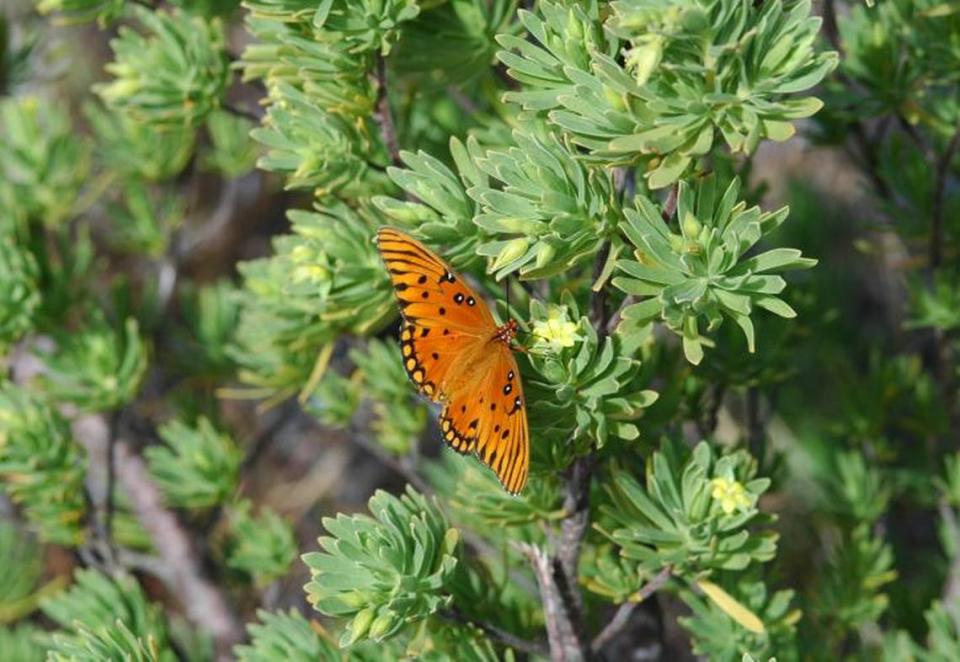
This state park, which covers the northern third of Key Largo, was established in 1982 after a long battle between developers and environmentalists to prevent development of the land.
It’s named for Dagny Johnson, one of the activists who fought to protect the area’s plants and animals.
Don’t be fooled by “hammock” in the name — it doesn’t refer to the kind of hammock you take a midday nap at your Keys motel. This hammock is a dense patch of clustered trees, and the park contains one of the largest sections of West Indian tropical hardwood hammock in the U.S.
What to do: Take a self-guided hike to see some of the 84 protected plant and animals in the park. From the main entrance, follow the Port Bougainville (Port B) Trail, which has a loop choice of one or two miles. The trail runs along gravel or coral rock, and takes you past a native butterfly garden and into the hammock.
Hours: Sunrise to sunset, 365 days a year
Fees: $2.50 per person
Location: County Road 905, Card Sound Road, mile marker 106, Key Largo
Contact: 305-676-3777
John Pennekamp Coral Reef State Park

This Key Largo state park is famous for being underwater and boasts four kinds of boat tours, which include glass-bottom boat trips.
What to do: Rent a kayak, canoe or paddleboard and make your way through the park’s 50 miles of mangrove wilderness. Reservations must be made online, and you can call 305-451-6300 for more information.
Hours: 8 a.m. to sunset, 365 days a year
Fees:
▪ Multiple-occupant vehicle, $8 plus 50 cents per person up to eight people.
▪ Multiple-occupant vehicle, $2.50 each additional person (over the eight).
▪ Single-occupant vehicle, $4.50.
▪ Pedestrian or bicyclist, $2.50 per person.
▪ Boat ramp fee: $10 per vessel, day use only.
Location: Overseas Highway, mile marker 102.5, Key Largo
Contact: 305-676-3777
Indian Key Historic State Park
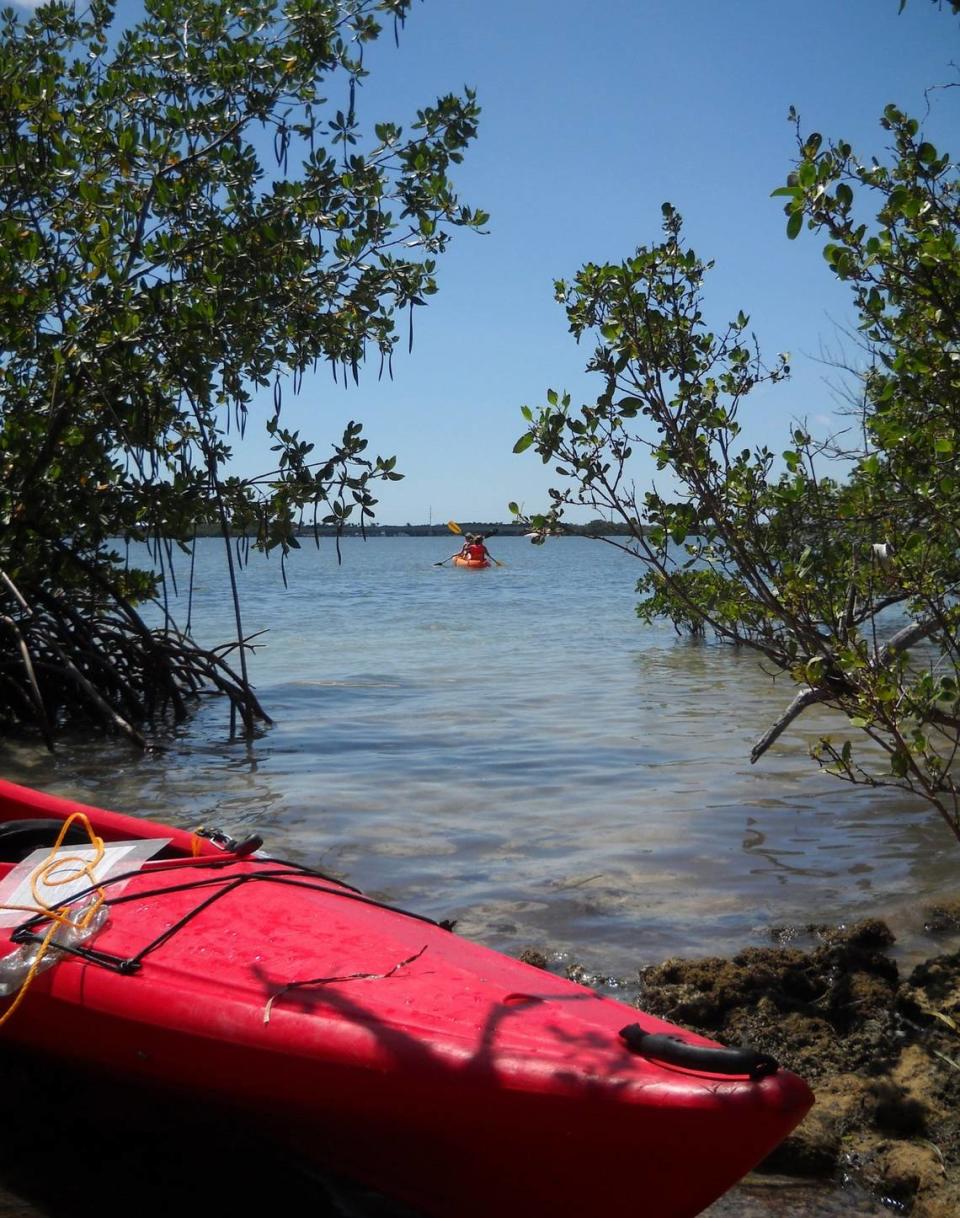
Like other parks in the Keys, Indian Key is a great spot to sunbathe, snorkel and kayak. But Indian Key is also known for its history.
Now a ghost town, Indian Key was once home to indigenous people. In 1831, Jacob Housman, a wrecker who salvaged cargo from shipwrecks, settled in Indian Key and established it as the first county seat for Dade County.
In 1840, a battle between the settlers on the island and the Seminole tribe left 13 residents dead. About 50 to 70 residents escaped, but the town never fully recovered, and was abandoned before the turn of the 20th century.
This secluded park is only accessible by kayak. The park recommends renting a kayak from one of two shops in Islamorada:
Robbie’s Marina: 305-664-4878
Backcountry Cowboys: 305-517-4177
With your kayak in hand, you can launch off of the park area along the Overseas Highway between mile markers 77 and 79. It should take you about 30 to 45 minutes of paddling to reach Indian Key.
What to do: After your kayak journey, wander through the ruins of the key. Download the Florida Stories app to listen to an audio walking tour of the key produced by the Florida Humanities Council.
Hours: 8 a.m. to sunset, 365 days a year
Fees: $2.50 per person
Location: Offshore Island, Islamorada
Contact: 305-664-2540
Windley Key Fossil Reef Geological State Park
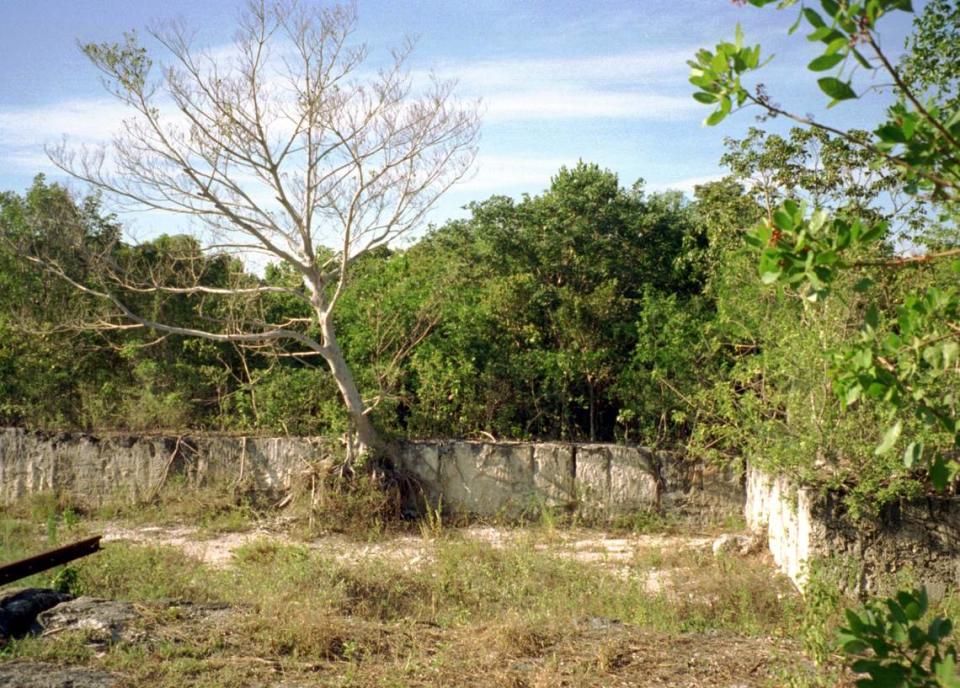
Walk through the geological and industrial history of the Keys at this state park, which sits on a 20th century quarry site.
The land is formed from Key Largo limestone, which is fossilized coral. The Florida East Coast Railway bought the land in 1908, and the railroad was completed four years later.
Trains stopped daily to deliver water and goods to workers in the quarry. Then the trains carried polished ‘keystone’ back up to the mainland. The quarry was abandoned in 1960.
What to do: If you visit between December and April, join a ranger-guided tour for $2 per person. Tours run Friday through Sunday at 10 a.m. and 2 p.m. Check out fossilized brain coral and other forms of ancient sea life preserved in stone.
Hours: 8 a.m. to 5 p.m., Thursday through Monday
Fees: $2.50 per person
Location: 84900 Overseas Highway, Islamorada
Contact: 305-664-2540
Lignumvitae Key Botanical State Park
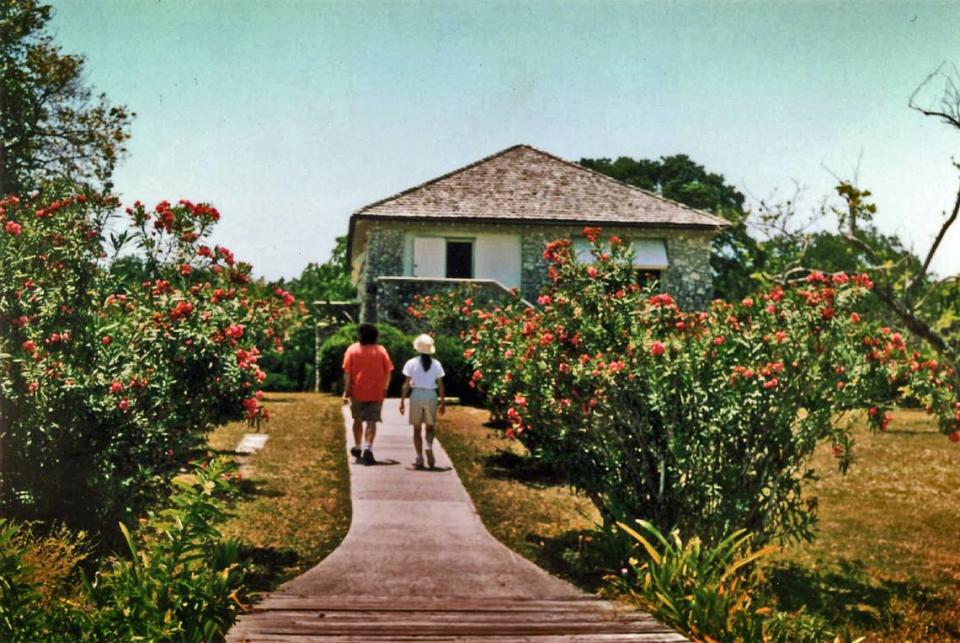
This Key is named for the Holywood lignumvitae plant, an endangered species known for its showy purple flowers and dense hardwood. The plant can be found throughout the state park, which is only accessible by boat or kayak.
In 1919, a wealthy chemist from Miami named William J. Matheson bough this 280-acre island and built himself a home on it. The home now serves as a visitor center.
The park recommends accessing the island via locally chartered boats:
Seamonkeys Watersports: 305-664-4555.
KeyZ Charters at Robbie’s Marina: 305-393-1394.
Easy Adventure Boat Tours: 305-451-8393.
Robbie’s Marina: 305-664-4878.
What to do: Take a ranger-guided tour of the island to explore its rich natural environment. Tours are available December through April, Friday through Sunday, at 10 a.m. to 2 p.m. Keep in mind that trail access is restricted to these guided tours to protect the island’s fragile environment.
Hours: 8 a.m. to 4 p.m., Thursday through Monday
Fees: $2.50 per person visitor fee, $2 per person tour fee
Location: 77200 Overseas Highway, Islamorada
Contact: 305-664-2540
Long Key State Park
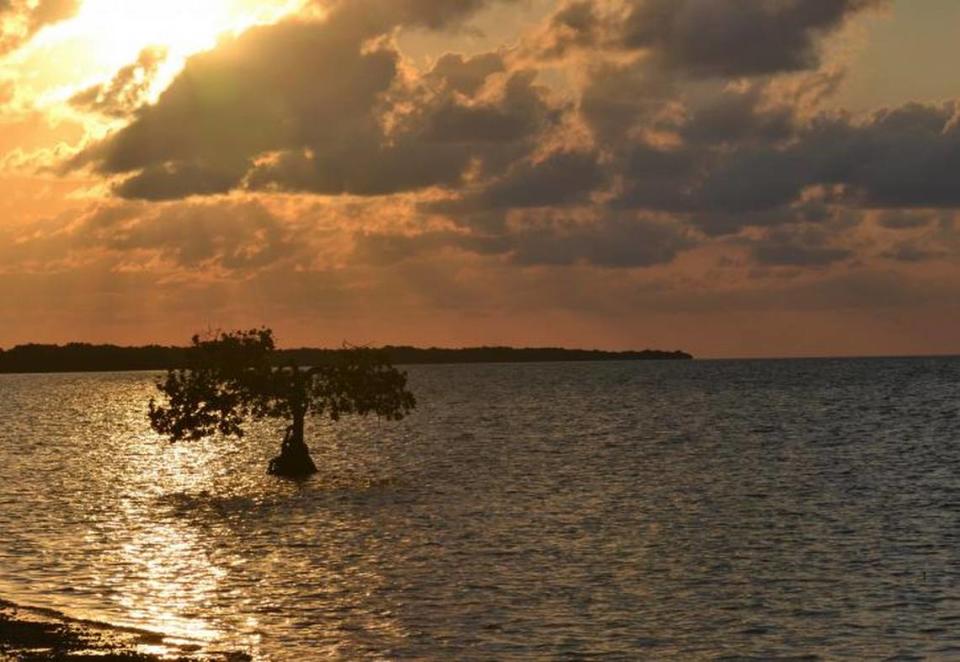
Though it was once a vacation destination for the rich and famous, Long Key State Park is now open for anyone to enjoy.
In the early 20th century, Henry Flagler’s Long Key Fishing Camp was a luxury tourist outpost along Flagler’s railroad to Key West. The camp attracted celebrities, politicians and famous saltwater anglers until the Labor Day Hurricane of 1935 destroyed it. The outpost never reopened.
Now, the park isn’t just for famous socialites, and it boasts activities such as kayaking, hiking, birding and fishing.
What to do: If you’re bored of the park’s two hiking trails, kayak rentals, and fishing spots, try your hand at geocaching. Geocaching is an outdoor game that uses GPS devices to find “caches,” which are essentially hidden treasure (they’re usually just containers with some trinkets or informational cards). As long as you use the land responsibly (stay on trail and don’t harm the local flora and fauna), geocaching is an inexpensive and interactive way to explore Long Key.
Hours: 8 a.m. to sunset, 365 days a year
Fees: $4.50 per person visitor fee, $5.50 for two or more people plus 50 cents per additional person
Location: 67400 Overseas Highway, Long Key
Contact: 305-664-4815
Curry Hammock State Park
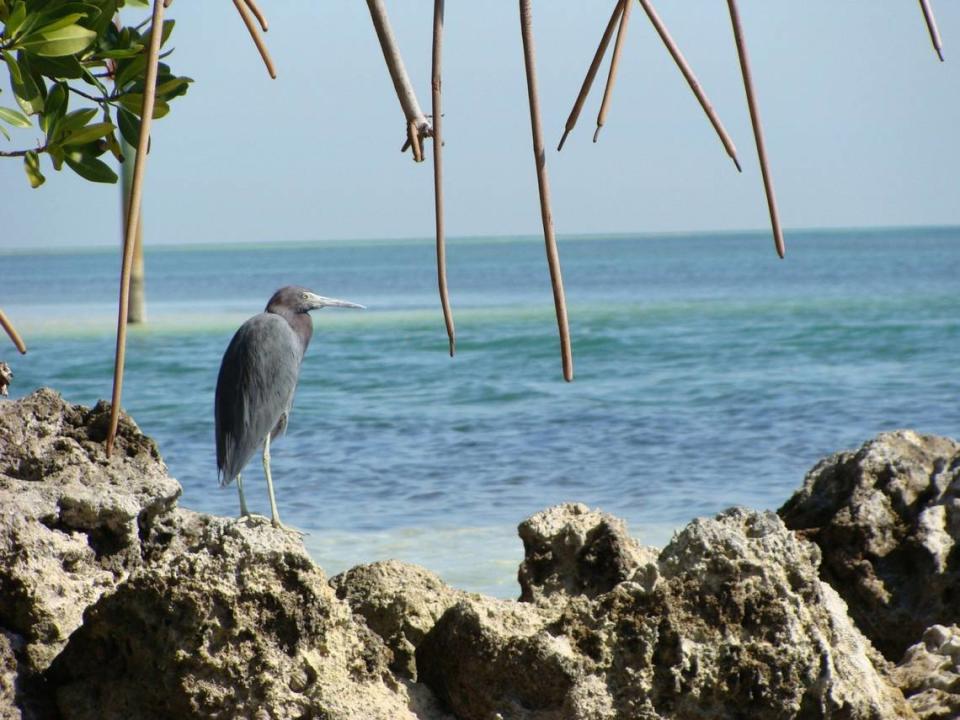
Located halfway between Key Largo and Key West, this park protects vast mangrove swamps, rockland hammocks and seagrass beds.
In the park, you can camp, stargaze and try to spot manatees, dolphins, stingrays or sharks from the beach.
What to do: If you’re feeling adventurous, join the park’s kite boarding community. On days with good wind, kite boarders flock to the park from all over the state to soar over the water. Ensure that you follow the park’s rules and regulations for staying safe.
Hours: 8 a.m. to sunset, 365 days a year
Fees: $4.50 per person visitor fee, $5.50 for two or more people
Location: 56200 Overseas Highway, Marathon
Contact: 305-289-2690
Bahia Honda State Park
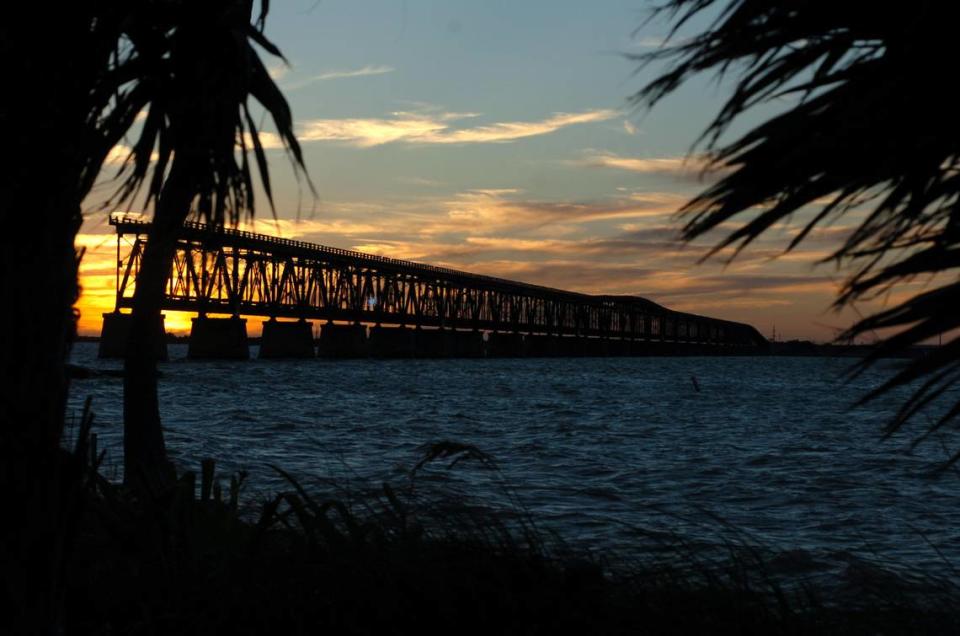
With access to both the Gulf of Mexico and the Atlantic Ocean, Bahia Honda is a great launching pad for boaters. If you aren’t using your own boat, you can join a boat tour and snorkel in the Looe Key National Marine Sanctuary.
Boaters can also camp on their boats, which is the perfect opportunity to stargaze after dark.
The park cautions that due to its popularity, the park can close when it reaches maximum capacity in its day use areas. It’s best to arrive early on busy days such as holidays and weekends.
What to do: Sit still and watch the island’s beautiful birds. During low tide, shallow sand flats emerge on the ocean side of the island, attracting shorebirds including willets, sanderlings, ruddy turnstones, short-billed dowitchers and plovers. The park is also a great spot to see wading birds such as herons, egrets and ibis. From mid-September to mid-November, hawks fly over the island during their annual migration.
Hours: 8 a.m. to sunset, 365 days a year
Fees: $8 per vehicle
Location: 36850 Overseas Highway, Big Pine Key
Contact: 305-872-2353
Fort Zachary Taylor Historical State Park
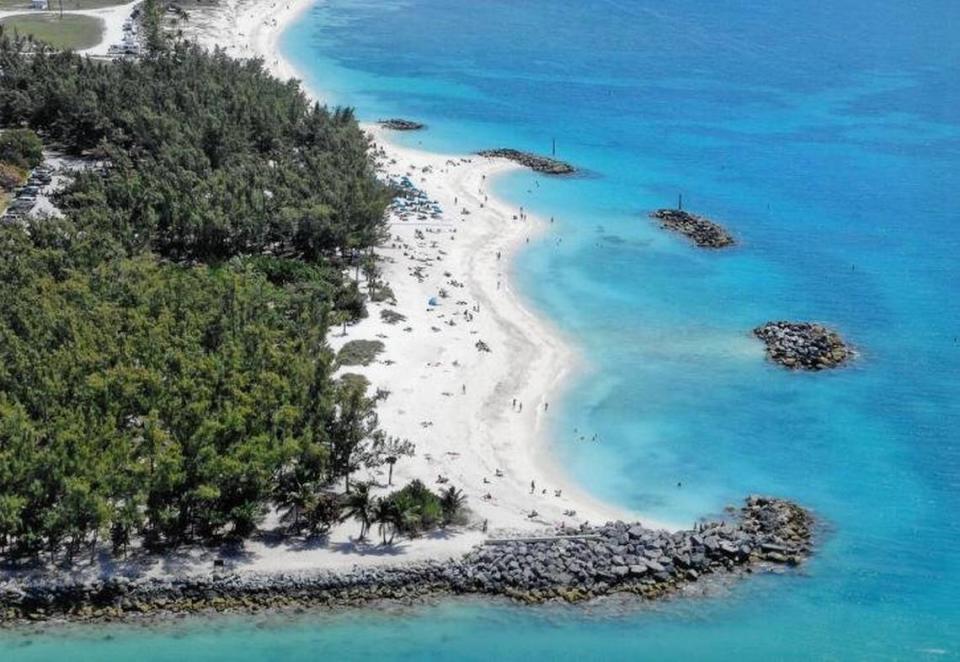
The southernmost state park in the continental United States, Fort Taylor allows visitors to explore U.S. history alongside typical Keys activities like swimming and bird watching.
The fort’s red-brick walls hold evidence of the fort’s former military use, such as old cannon and gun ports. On the third weekend of each month, re-enactors bring history alive in the park.
During the Civil War, the fort was in Union hands and served as headquarters for the U.S. Navy’s East Gulf Coast blockade squadron, which deterred supply ships from accessing and leaving Confederate ports in the Gulf of Mexico.
Fort Taylor was used again during the Spanish-American War.
What to do: Take in a historical re-enactment and join a guided tour to learn about the fort’s role in the Civil War and Spanish-American War. Once you’ve gotten your fill of history, visit the beach on the park’s southern end to picnic, swim, snorkel or fish.
Hours: 8 a.m. to sunset, 365 days a year. Fort closes at 5 p.m.
Fees: $6 per vehicle
Location: 601 Howard England Way, Key West
Contact: 305-292-6713
Dry Tortugas National Park

Almost 70 miles off the coast of Key West lies Dry Tortugas National Park. The park is known for the 19th century Fort Jefferson, but over 99% of the park is underwater.
When you’re not wandering through the fort, you can snorkel in a coral reef, dive among a shipwreck and cruise along on the clear blue waters with your boat.
Keep in mind that the park is only accessible by boat or seaplane.
What to do: If you aren’t afraid of the dark, snorkel along the fort’s moat wall at night. As long as you’re comfortable in the water and bring a strong dive light, this is considered safe, and will allow you to see a much wider range of animals than daytime snorkeling. According to the National Park Service, fish are much more docile at night, and you can expect to see lobsters, octopuses and starfish.
Hours: 24/7, 365 days a year. Fort Jefferson is open from sunrise to sunset year-round.
Fees: $15 per person, those under 16 enter for free
Location: Off Key West in the Dry Tortugas. The park is only accessible by boat or seaplane.
Contact: 305-242-7700


